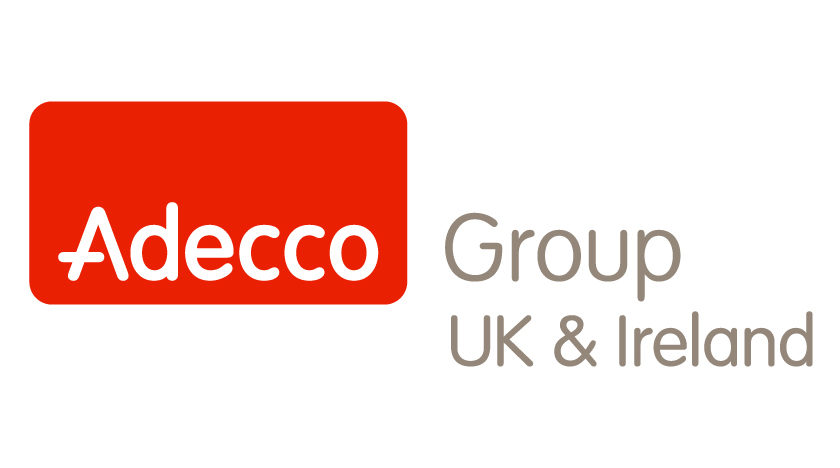This data pack describes the role played by European employees in the UK economy.
Our analysis includes countries that are members of the European Union plus Norway, Switzerland, Iceland and Lichtenstein. When we refer to ‘EEA’, we include Switzerland, which is neither an EU or an EEA member but is part of the single market (this means Swiss nationals have the same rights to live and work in the UK as other EEA nationals). We refer to these countries as the ‘EEA’.
It is the first part of a study carried out by the SMF, in partnership with Adecco Group UK & Ireland, exploring the potential impact of Brexit on the UK labour market. In this part we describe the characteristics of EEA employees that work in the UK.
The referendum on the UK’s membership of the European Union will take place on 23 June 2016. The outcome of this referendum is highly uncertain as is the issue of whether UK employers will be able to access EEA workers as they have in the past. Individuals from countries that are members of the European Union and the EEA can seek work in any other country that is a member of the EEA.
Our analysis draws on the latest available data, namely the four quarters (January to December) 2015 of the Labour Force Survey. Apart from where otherwise stated, we report data on employees rather than all workers. Our analysis categorises individuals by place of birth. An EEA employee is someone born in the EEA (not including the UK).
SUMMARY
- There is significant reliance on EEA workers by UK employers. They make up 6% of all employees and number some 1.6 million. These workers are more likely to work full-time and more likely to work in the private sector.
- Employers in London, the east of England, the East Midlands and the south east are particularly reliant on European employees, as are those in Northern Ireland. In London, one in eight of all employees is from the EEA.
- EEA employees are particularly prevalent in specific sectors such as manufacturing, and accommodation and food services.
- EEA employees are on average more highly-educated than UK-born employees.
- EEA employees represent a higher proportion of workers in lower occupations such as elementary and process, plant and machine operatives. However, they also represent 5% of all employees amongst high occupations such as managers, directors, professionals and associate professionals.
- In sectors such as financial services and insurance, information and communication, and professional and technical activities, a majority of the jobs occupied by EEA employees are in the highest three of the nine occupational bandings, such as ‘Managers, Directors and Senior Officials’, ‘Professional Occupations’, and ‘Associate Professional and Technical Occupations’. In sectors such as accommodation and food service, transport and storage and admin and support, a large proportion of employees occupy one of the lower six occupations.

